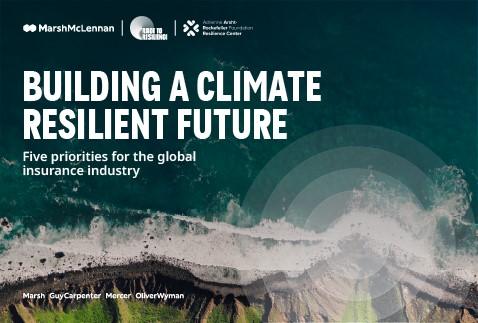Building a Climate Resilient Future
Presented by Oliver Wyman
Over the past 50 years, the number of weather-related disasters has risen five-fold, with climate change generally accepted to be a primary driver. Climate-related risks continue to grow and threaten global business and communities. The increasing frequency and severity of extreme-weather events is compounded by population growth and economic development in high-risk areas due to urbanization — placing more people in harm’s way and resulting in a significant increase in losses.
Investing in adaptation and resilience is critical to combat these rising costs and ensure that communities around the world can better withstand and recover from disaster. The insurance industry is uniquely positioned to support and reward investments in adaptation and resilience. Transferring risk through insurance coverage provides households, businesses, and communities with the funding they need to recover rapidly from disasters. Additionally, insurers have the data and risk expertise to encourage risk-reducing activities, enable more resilient communities, and directly invest in resilience.
By playing a larger role in increasing resilience, insurers have the power to reduce overall weather-related losses, protect their existing markets, and expand coverage into new markets — the combination of which presents a $71 billion annual revenue opportunity for the insurance industry.
Our new report, "Building a Climate Resilient Future," launched at COP28 and is in collaboration with the United Nations’ Race to Resilience initiative and the Adrienne Arsht Rockefeller Foundation. We share five recommendations on how the insurance industry can better adapt to climate change, address barriers, scale impact, seize commercial opportunities and build climate resilience.
The recommendations outline opportunities for insurers to contribute to reduced weather-related losses, expand insurance coverage, and ultimately improve economic outcomes. Learn more.

